Tezpur (and its district Sonitpur) is a place known for its association to the myth of Banasura. In its modern avatar, Tezpur is what I would call a functional administrative town. Located on the northern banks of Brahmaputra, it is a nice, intimate town that has preserved some of the ancient sites while allowing a number of administrative buildings and a thriving market to flourish. It also acts as a connecting hub for a number of neighbouring towns and states.
Agnigarh
The myth of Banasura, her daughter Usha, and Anirudhha—Krishna’s grandson—is depicted in the well-maintained and well-preserved premises of the Agnigarh hillock. According to the myth, Usha was locked up in a fortress on the top of the hillock by her father Banasura in order to prevent her from marrying Aniruddha. Although no fortress exists today, beautiful sculptures depicting various scenes of the myth have been scattered throughout the small hillock.
The entire hillock has been converted into a park. In the absence of tourists and local visitors, it had become an ideal spot for young couples to spend some quite time. At the top of the hillock is an observation deck from where the entire Tezpur is visible on one side while the other side opens up to a nice wide view of the Brahmaputra river. A small auditorium has been constructed on one of the sides of the hillock. I presume that this space is used for cultural programs on important days.
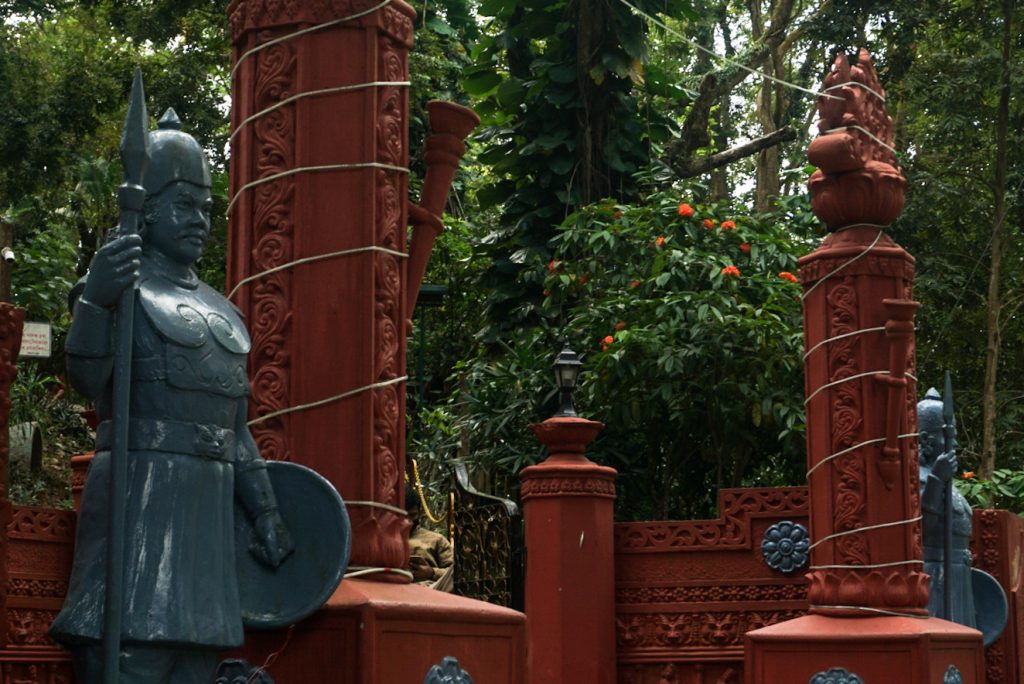
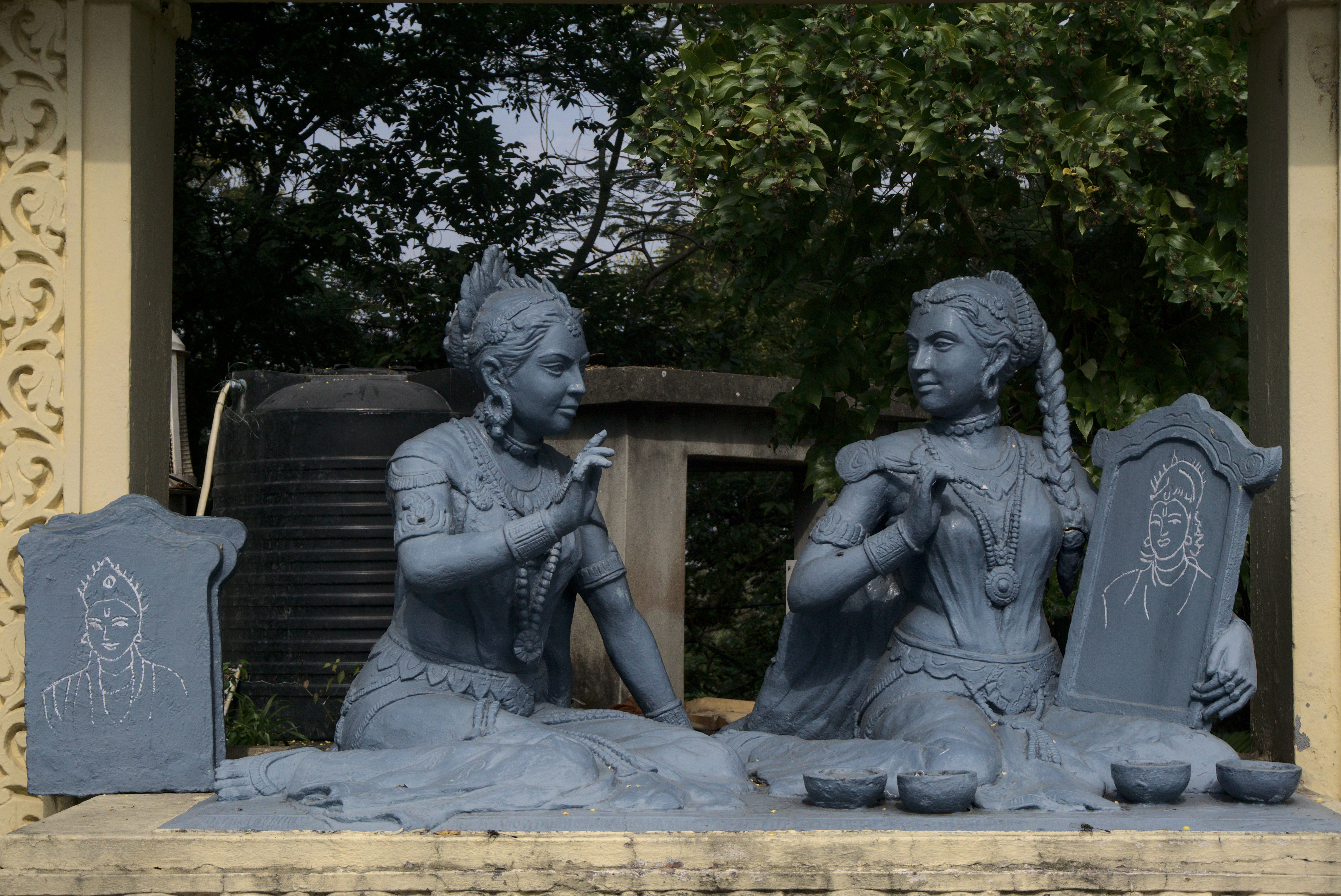
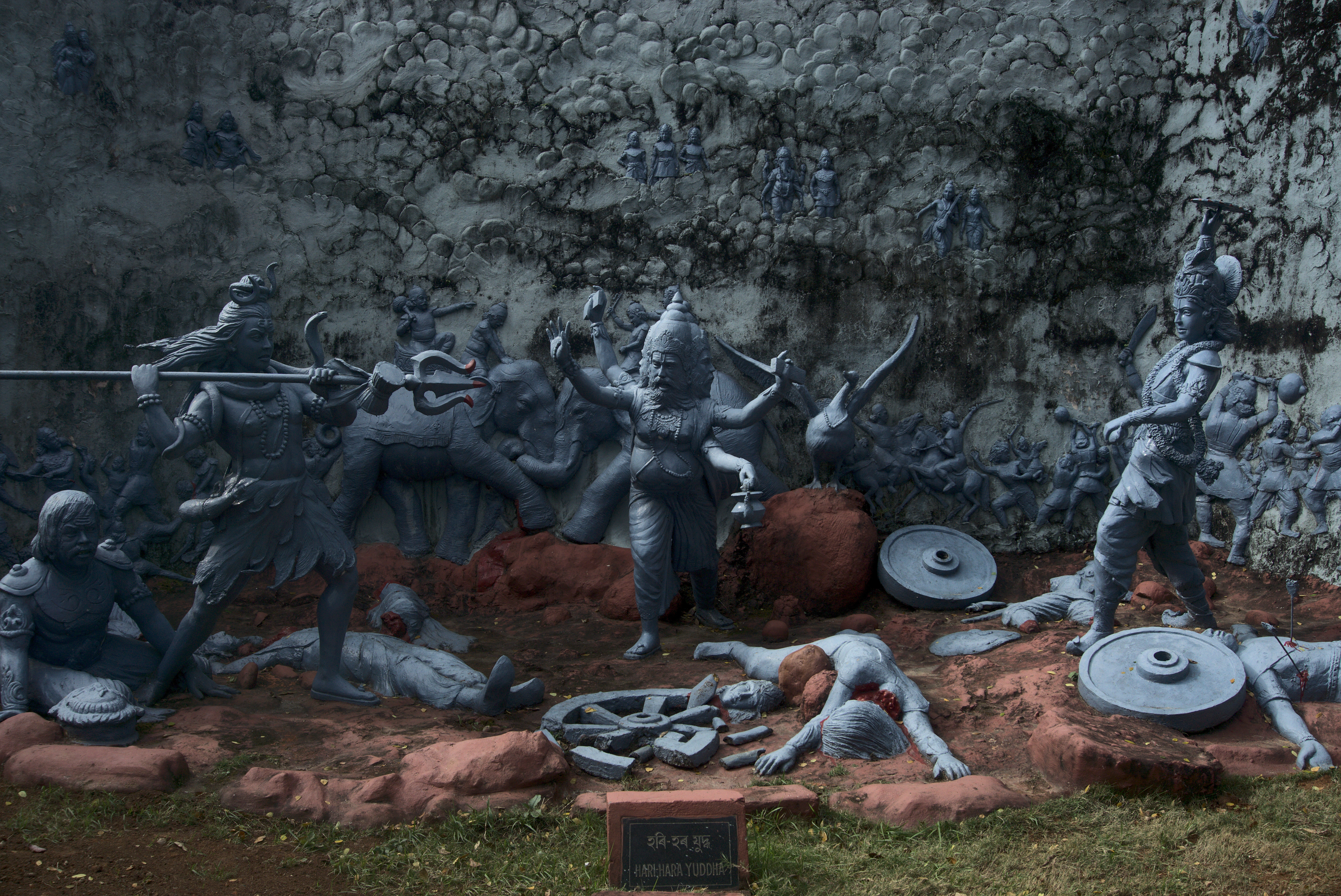
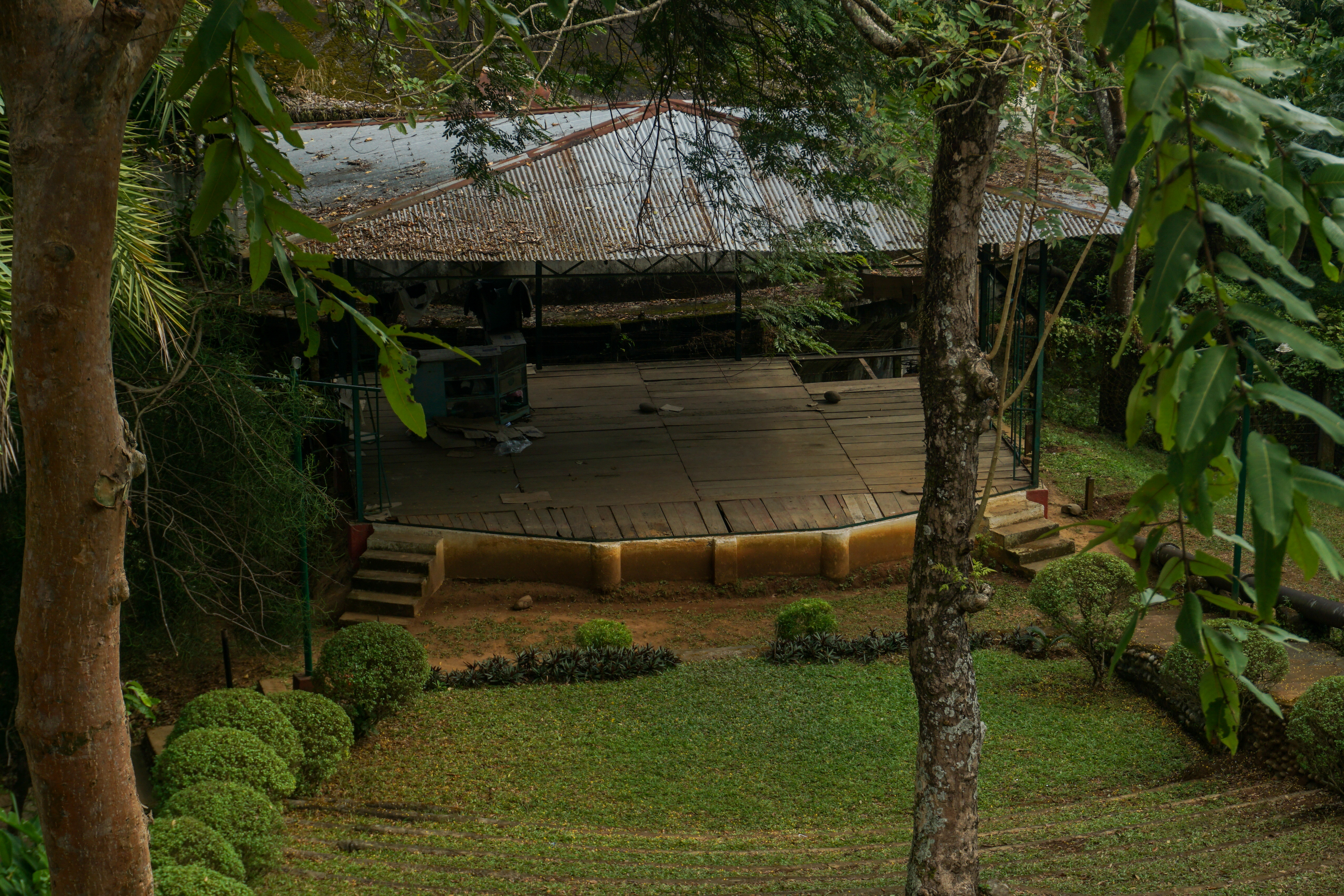
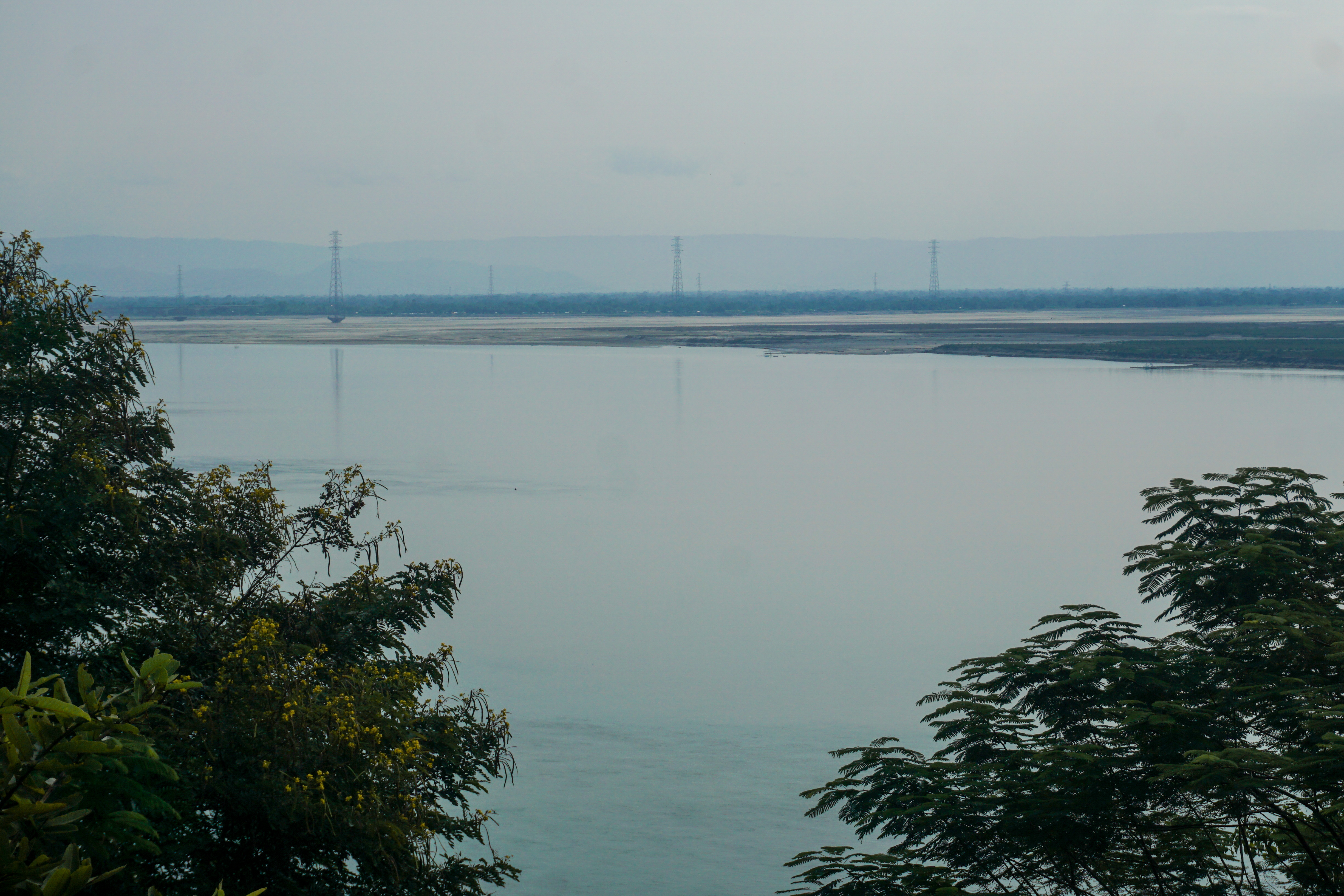
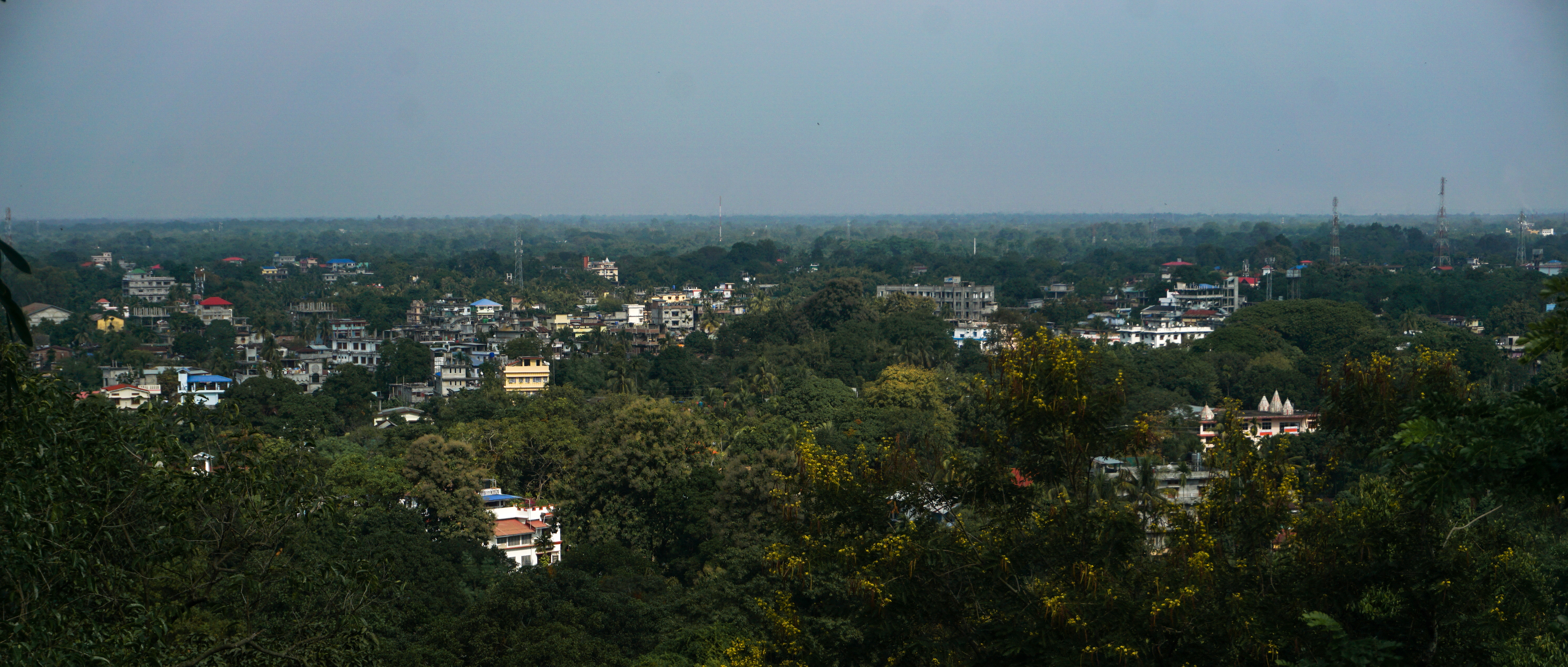
Bamuni Hill
Bamuni Hill—another hillock in Tezpur—has the ruins of a temple and is one of the must-visit sites in Tezpur. The route to Bamuni Hill from Agnigarh is through Kalibari—settlements along the banks of the Brahmaputra river, much reminiscent of small town localities characterised by one- and two-storey buildings.
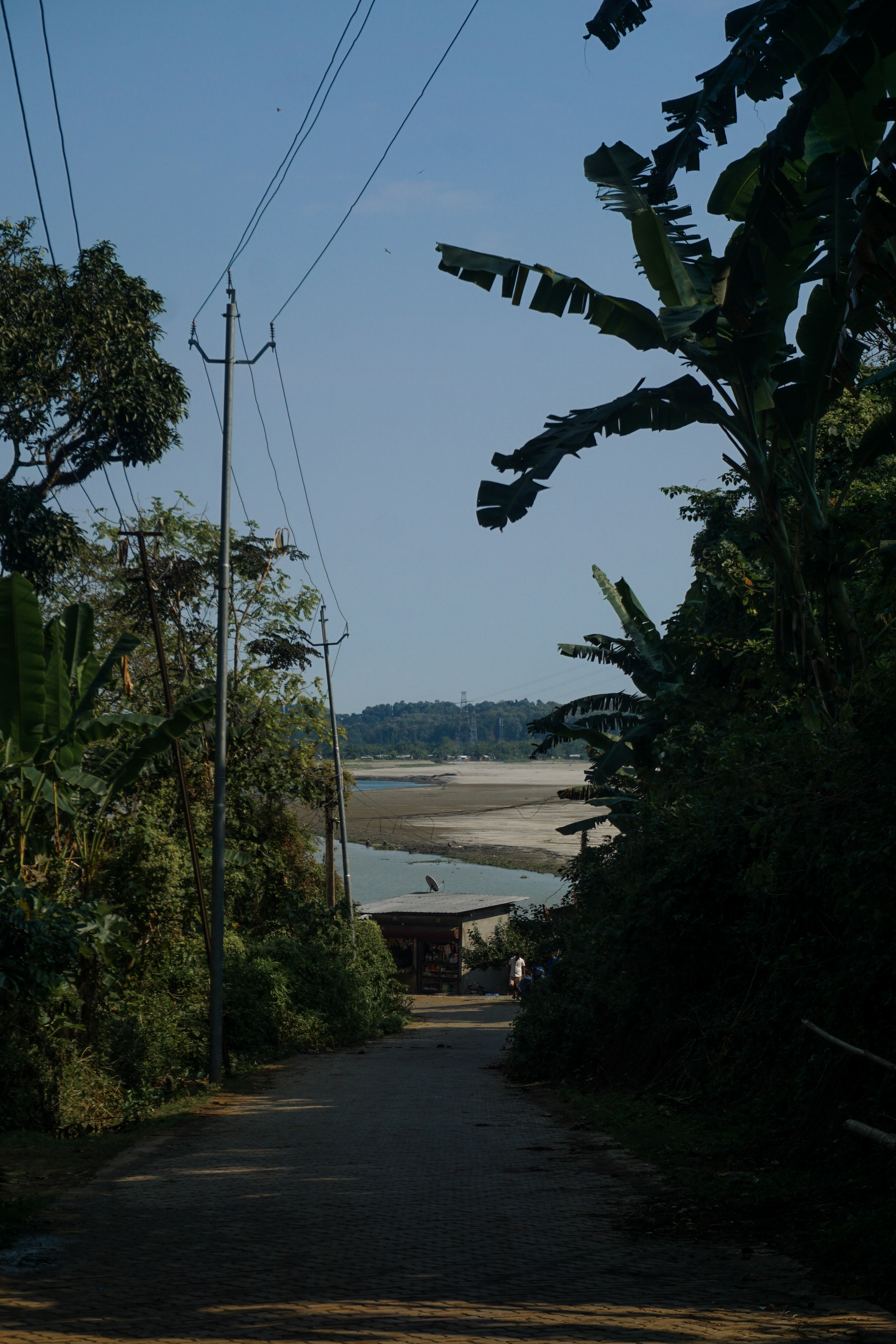
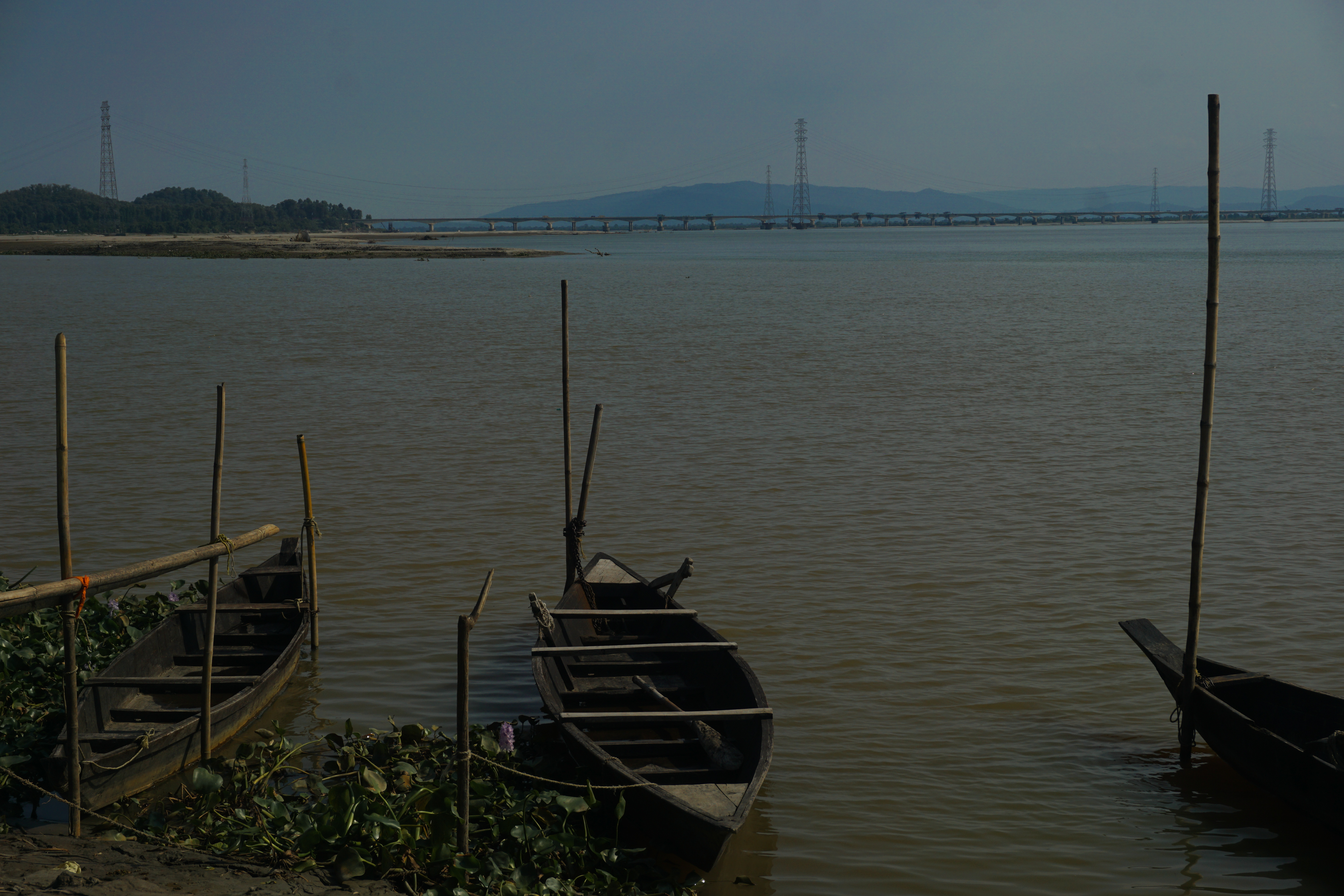
The hillock itself is maintained by the Archaeological Survey of India (ASI). The gates to the site are permanently kept open and there are no gatekeepers. Unlike most of the ASI sites in the country, ASI doesn’t charge any fees for visiting the premises.
The ruins of the temple—in the form of carved stones—are scattered all across the hillock like rocks along the shores of a river with no visible erect remains. A raised stone platform at the top of the hillock suggest the original location of the temple. Not much is known about the site and temple. ASI dates the temple to the 10th and 12th century AD. It is presumed that this temple was dedicated to Lord Vishnu.
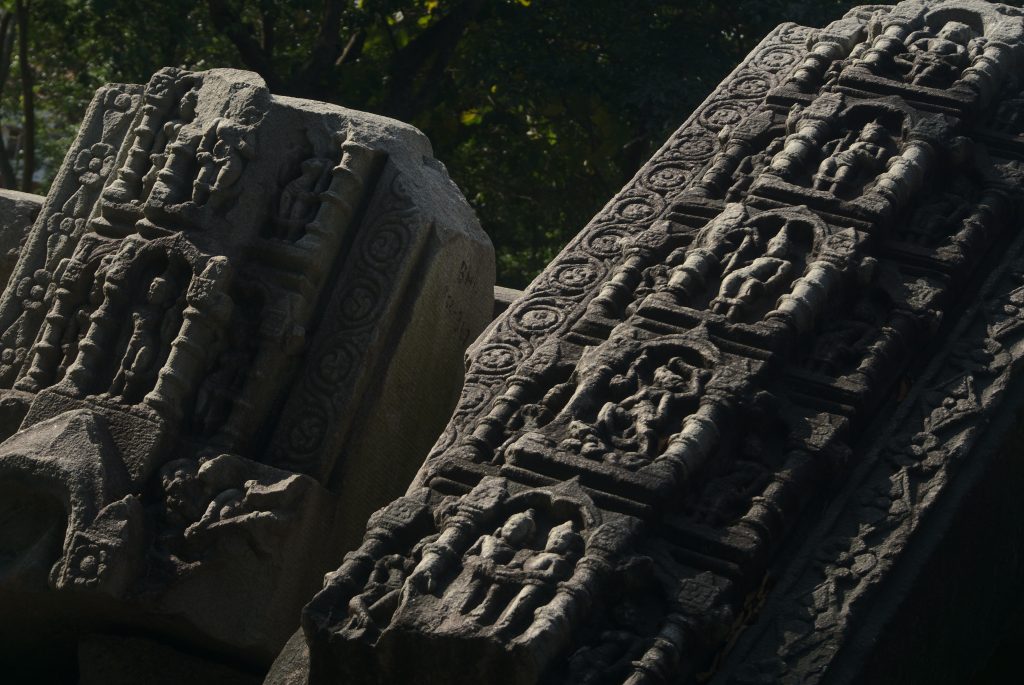
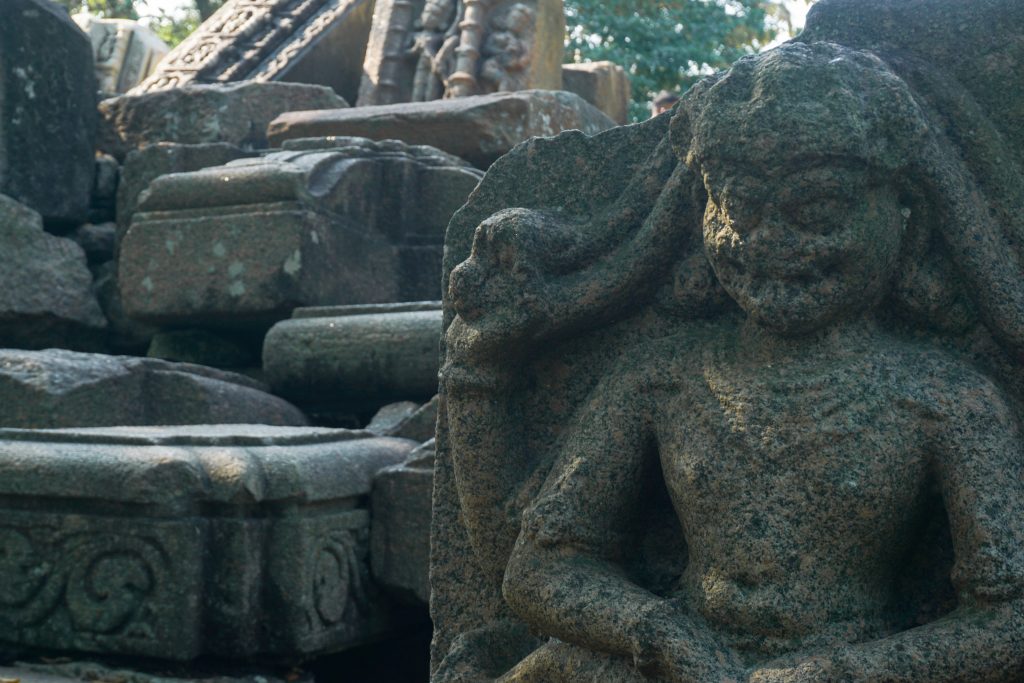
Sunset from the banks of Brahmaputra
One of the best place to watch Tezpur’s sunset is from Ganesh Ghat. Fortunately, it was only five minutes walk from ASTC bus stop and my hotel. The namesake of the place is a Ganesh temple right across the road. Locals flock the ghat in the mornings and in the evenings to get some fresh air and chat with their friends. Many photographers come to this place to capture a glimpse of the sunset. I met a couple of young ones who saw a camera in my hands and presumed that I was one of them. Some of them even showed me their Instagram profile. A number of villagers and hobby anglers dip their fishing hooks into the waters and rest against the rocks that line the shore while serious fishermen venture with their row boats and fishing nets into deeper waters. There is a ferry service available from Ganesh Ghat to other places along the banks of Tezpur, too—one that wasn’t running when I visited the place.
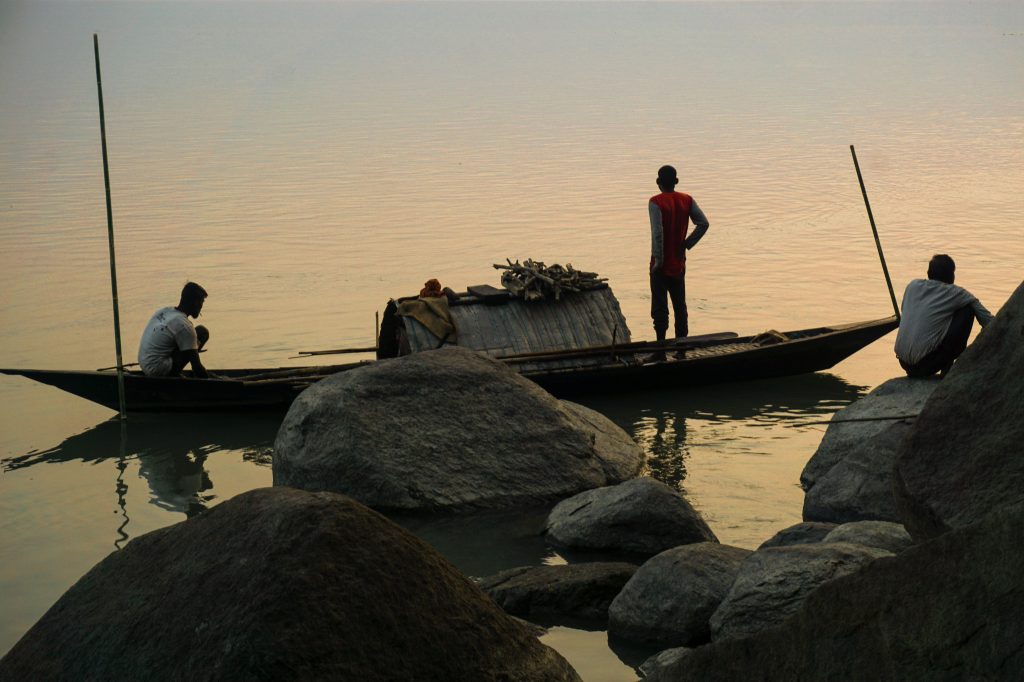

Once the Sun had bet beyond the horizon, I made my way back to the market. I had to buy some chocolates for the kids at Manjushree in Tawang. I did not know how many kids were there. After a call with Partho, I bought a box of Dairy Milk for them. As the evening progressed, the market livened up with people flocking at sweet shops and chaat stalls. I had also not brought any medicines with me. I bought a couple of essential ones from my usual long-list knowing that I would not be venturing out on any multi-day treks in remote locations this time around.
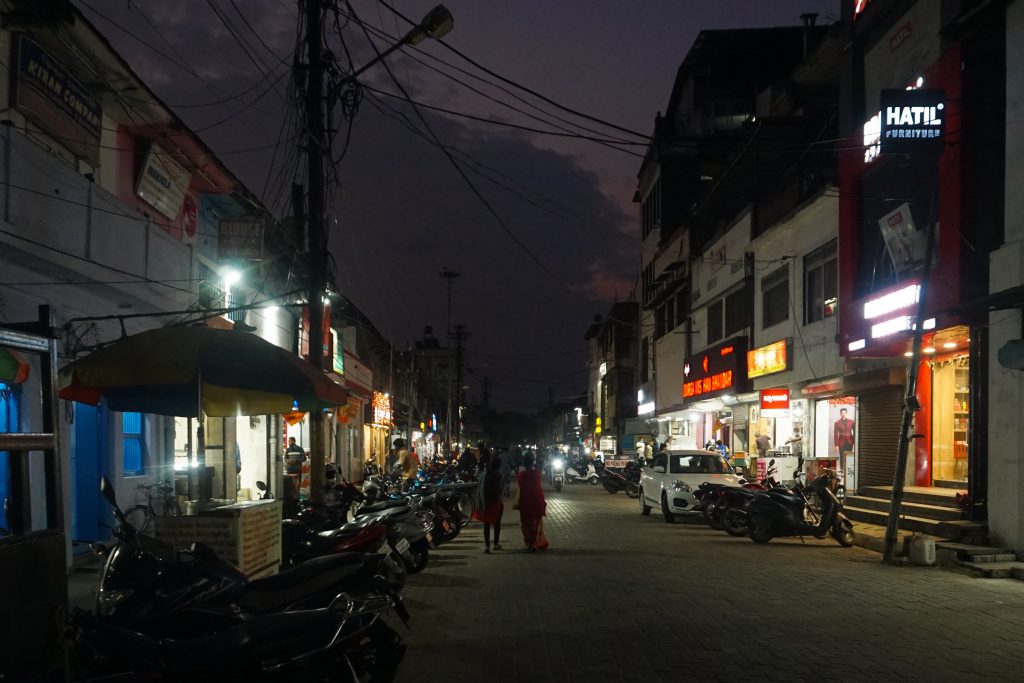
I booked a seat on a Tawang-bound Sumo for the next day from the counter at ASTC bus stop. It cost me INR 1800. It used to be half the price before the pandemic, but the operators have increased the rates as the authorities allow only five passengers in a Sumo as compared to eight earlier. I would soon get to know that no one cared about the authorities or the rule—the operators just made more per trip. It may even be justified as the decrease in tourism and inter-state travel have decreased the frequency of trips for them. Kirti Hotel manager wasn’t too happy about me independently booking the Sumo. He managed the travel agency in the ground floor and lost his commission.
That night Subhajit, Phurpa, and I spoke over the phone. Phurpa had arranged a hotel for me to stay and had contacted one of his friends to help me out in Tawang.
I went to bed early as I had to wake up early in order to catch the Sumo at 5:30 am.
A note on the travel plans
It is possible to skip Tezpur altogether and enter Arunachal from Guwahati. There are Bomdila-, Dirang-, and Tawang-bound Sumos available from Paltan Bazaar. They depart between 5:30 am and 6:30 am from the ASTC bus stand. I wasn’t sure if they were operational in the aftermath of COVID-19 and no one was able to give me any concrete information. (Now I know that they had resumed their operations sometimes in late-October.) However, I had concrete information regarding the availability Sumo services from Tezpur.
I also intended to start at Tawang and descend my way latitudinally to Bomdila. Many travelers, especially motor-bikers do it the other way around. There are pros and cons of doing it either way. However, if you are backpacking like me and rely on public transport, this is a better way as there are more options to get back to Guwahati from Bomdila than from Tawang. In case something goes wrong and you have a scheduled departure from Guwahati, it’s easier to make alternate plans from Bomdila.
